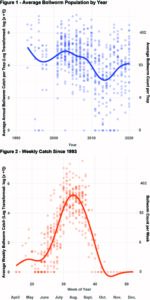
Bollworm Boom or Bust in 2021?
As we near early August, cotton growers should be shifting their focus from early-season insects to late-season pests that …



El inglés es el idioma de control de esta página. En la medida en que haya algún conflicto entre la traducción al inglés y la traducción, el inglés prevalece.
Al hacer clic en el enlace de traducción se activa un servicio de traducción gratuito para convertir la página al español. Al igual que con cualquier traducción por Internet, la conversión no es sensible al contexto y puede que no traduzca el texto en su significado original. NC State Extension no garantiza la exactitud del texto traducido. Por favor, tenga en cuenta que algunas aplicaciones y/o servicios pueden no funcionar como se espera cuando se traducen.
Inglês é o idioma de controle desta página. Na medida que haja algum conflito entre o texto original em Inglês e a tradução, o Inglês prevalece.
Ao clicar no link de tradução, um serviço gratuito de tradução será ativado para converter a página para o Português. Como em qualquer tradução pela internet, a conversão não é sensivel ao contexto e pode não ocorrer a tradução para o significado orginal. O serviço de Extensão da Carolina do Norte (NC State Extension) não garante a exatidão do texto traduzido. Por favor, observe que algumas funções ou serviços podem não funcionar como esperado após a tradução.
English is the controlling language of this page. To the extent there is any conflict between the English text and the translation, English controls.
Clicking on the translation link activates a free translation service to convert the page to Spanish. As with any Internet translation, the conversion is not context-sensitive and may not translate the text to its original meaning. NC State Extension does not guarantee the accuracy of the translated text. Please note that some applications and/or services may not function as expected when translated.
Collapse ▲
As we near early August, cotton growers should be shifting their focus from early-season insects to late-season pests that …
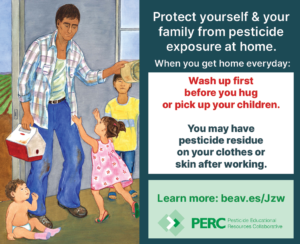
How can you encourage farmworkers and their families to use practices that minimize the risk of pesticide exposure? The …
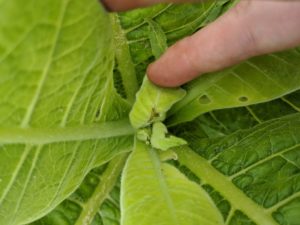
A new insecticide, Steward, has recently been registered in tobacco. Steward, with the active ingredient indoxacarb, is labeled for …
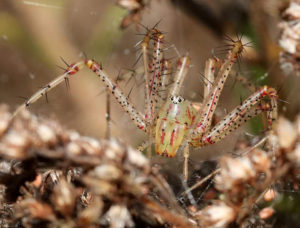
Chatham Conservation Partnership conducted a webinar on SPIDERS on October 15, 2020, and we had a great turnout of about 130 …
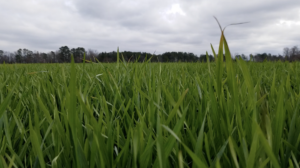
Are you planting wheat this fall? Join us for part 1 of our “Wheat Production Series” on September 25, 2020, from …

Before procuring your cover crop seed for planting this fall, please watch the video below on the potential weed …
I’ve been getting a lot of calls about whether to spray in areas that have not received rain in …
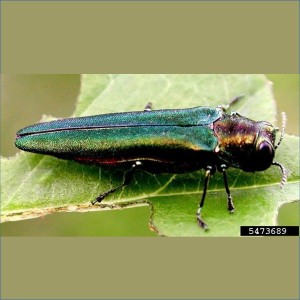
The emerald ash borer, a beautiful but extremely destructive, exotic insect pest, has now been detected in North Carolina. …
Recent weather conditions have favored several diseases in tobacco. Most pathogens that we manage in tobacco are most severe …

I recently visited a small Chatham County blueberry farm and found some of the bushes were infected with Exobasidium, …
The rate for Revytek in the 2020 Agricultural Chemicals Manual and in 2020 Peanut Information is wrong. The correct …
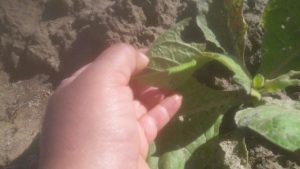
This is the ninth weekly TSWV and tobacco thrips risk assessment update. Third generation flights have now occurred at all …
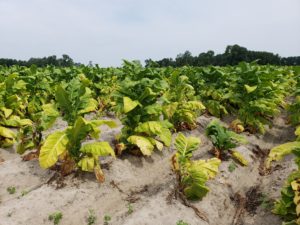
This is the sixth of our weekly TSWV and tobacco thrips risk assessment updates. Third generation flights have now …
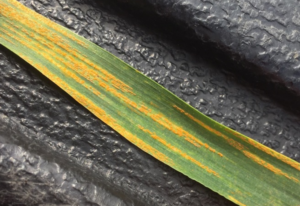
Over the last week stripe rust has been reported in several counties across North Carolina (Table 1). A stripe …
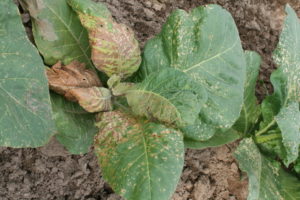
This is the third of our weekly TSWV and tobacco thrips risk assessment updates. Cool weather has continued to …
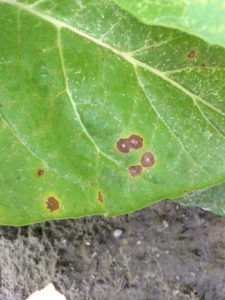
April 9, 2020- As upside down as the world seems right now, the 2020 tobacco season continues to march forward. …
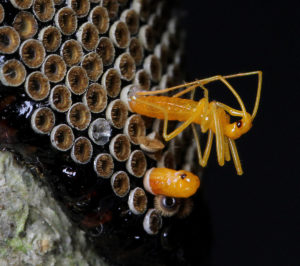
The wheel bug, Arilus cristatus, is North Carolina’s largest assassin bug. It gets its name from the prominent spiny …

Managing tomato spotted wilt virus (TSWV) in North Carolina tobacco requires both pre transplant and post transplant decisions, which …

Photos by Debbie Roos, N.C. Cooperative Extension of Chatham County In late 2008, I planted a demonstration pollinator garden at Chatham …
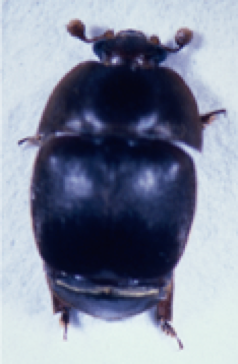
This factsheet describes the small hive beetle, its life cycle and how to prevent infestations …

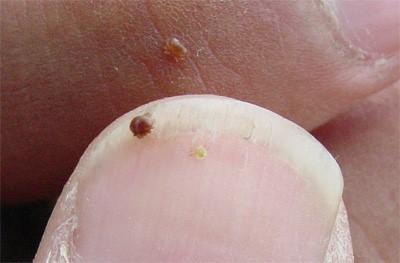
It is the goal of every beekeeper to maintain healthy, productive colonies. This can only …

This manual prepares pesticide applicators for Forest Pest Control Certification exams in the following states: …
To apply restricted-use pesticides to agricultural commodities, you must be certified or be supervised by …

This factsheet offers information on the biology and management of the emerald ash borer, an …

Black root rot impacts a range of woody and herbaceous ornamental plant species primarily in …
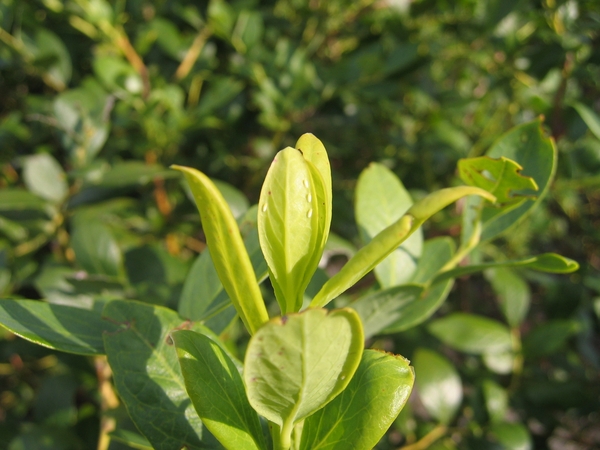
Whiteflies (Hemiptera: Aleyrodidae) are small (< 0.12 inch) and highly diverse insects that feed on …